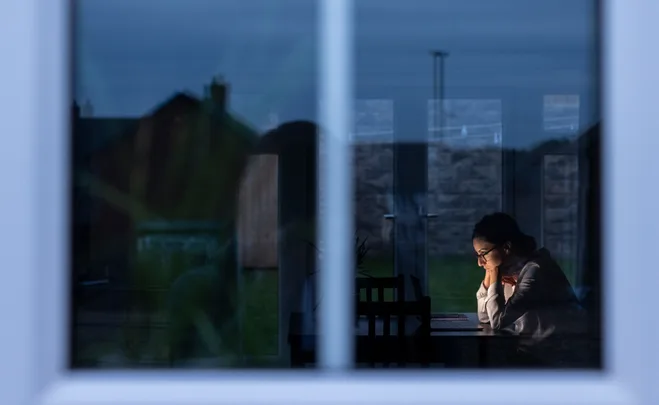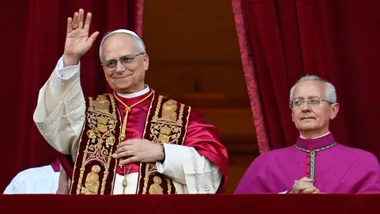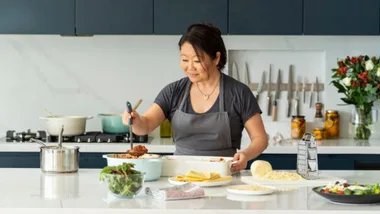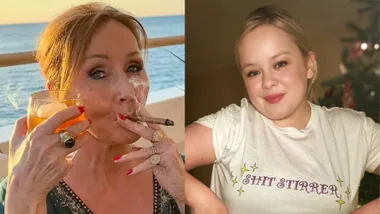As election day draws closer, throwaway comments and sweeping claims about the major parties (and the leaders) are rife—and one of the biggest points of contention is around the cost of living.
A trip to the supermarket looks quite different these days. Many of us have noticed that essential items like vegetables, fruit and even frozen food is edging upwards. To add, petrol prices have also steadily risen.
There’s no doubt that this is a knock-on effect from the pandemic and the war in Ukraine—Australia’s inflation rate has now risen to 5.1 per cent, the highest it’s been since 2001.
All of this begs the question: What happens next? Is this trend going to continue, worsening impact particularly for those on low-income salaries which aren’t increasing with the rate of inflation? And what will it mean for those living below the poverty line?
In this instance, we need to look to our government for support and assurance—but can they give us that?
The outcome of Saturday’s election could answer these questions for us. Keep scrolling as we compare where the Labor party and the coalition stand when it comes to the cost of living.
READ MORE OF OUR ELECTION COVERAGE:
- A Breakdown Of The Labor And Liberal Policies On Climate Change
- Everything Scott Morrison & Anthony Albanese Have Said About Women
- Meet The Independent Women Who Could Change Australia
- Feeling Uninspired About Voting? Political Editor Samantha Maiden Has Some Advice
- Life Before Leading The Opposition: Anthony Albanese’s Rise To The Top
- Everything You Need To Know About Scott Morrison’s Family & Career

Cost of living: Where the coalition stands
We have a reasonably clear idea on what the coalition has promised because of the Federal Budget, which was issued in March.
In it, the Libs committed to a one-off $250 cost of living payment, which more than six million Australians would be eligible for. This number includes veterans, pensioners and job seekers. To add, it would also provide a $420 cost of living tax offset, which more than 10 million low and middle-income earners would be eligible for.
In the budget, it also committed to cutting petrol prices by halving fuel excise. This would ultimately save Australians 22 cents per litre whenever they fill up.
The Liberals have also committed to spending 30.9 billion in Medicare benefits, and when it comes to childcare, the coalition have removed the annual $10,655 subsidy cap for families who earn over $190,015 a year.
Cost of living: Where the Labor party stands
The Labor party will not increase taxes, and it has committed to providing tax relief for Aussies who have incomes above $45,000. It would see to a $420 tax off-set increase for low and middle income earners over a year.
When it comes to Medicare, Labor will spend $135 million on at least 50 Medicare Urgent Care Clinics in a bid to take pressure of emergency departments across the country.
In childcare, Labor would increase the maximum care subsidy available for a child to 90 per cent, and it will raise the subsidy rate for all families with one child in care if the household earns $530,000 or less.
As for household bills, Labor promises that by 2025, it’ll cut the price of power bills for households by $275 per year (the coalition has suggested they will also cut prices, but haven’t put out an exact figure).
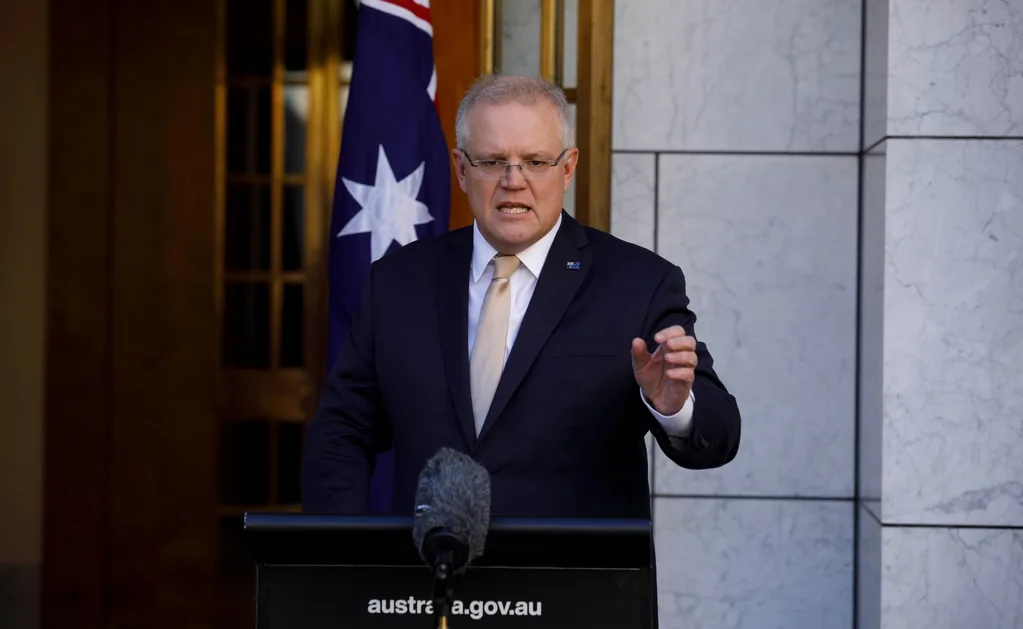
Housing: Where the coalition stands
The coalition claims it will do several things in a bid to make housing affordable. Under its proposed policy, it would allow first home buyers to take up to 40 per cent from their superannuation—with a ceiling of $50,000—in order to purchase a property.
The party has also pledged an extra $2 billion in low-cost financing for social and affordable dwellings—they claim this will support around 27,500 dwellings along with existing funding.
Housing: Where the Labor party stands
Labor’s housing policy is aims to help younger home owners to get into the market with its ‘Help To Buy’ program.
Here, it would assist up to 10,000 eligible buyers each financial year (eligible buyers have an annual income of $90,000 or less, or for couples, $120,000 or less), and it would take on an equity stake of up to 40 per cent of the price.
The party has also committed to funding some 30,000 new social and affordable housing properties within five years by establishing a $10 billion Housing Australia Future Fund.
